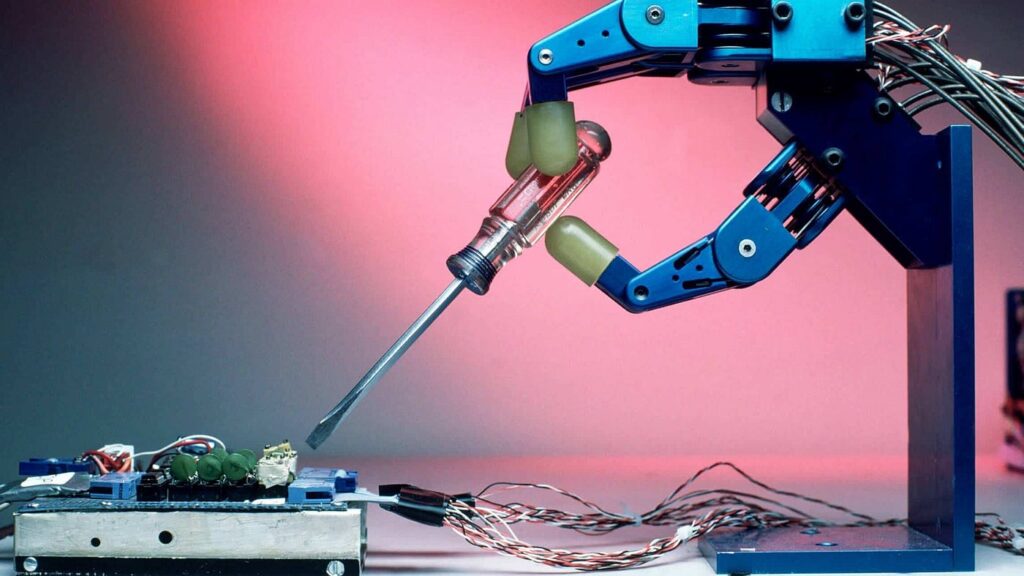The world of robotics and automation is evolving at an unprecedented pace, offering promising career opportunities for professionals with an electrical engineering background. This guide provides a comprehensive roadmap for electrical engineers considering a career transition into robotics.
Understanding Robotics Engineering
Robotics engineering falls under the categories of electrical, mechanical, and computer engineering. It involves designing, building, and engineering robots. As a robotics engineer, you could contribute to any aspect of a robot, from initial design to writing control software.
Why Transition to Robotics?
The fusion of advanced technology and industrial applications is driving the demand for skilled professionals who can design, develop, and maintain automated systems. Robotics and automation are revolutionizing industries like manufacturing, healthcare, and agriculture, offering engineers the chance to innovate and create efficient solutions.
Educational Pathways
Many aspiring robotics engineers tend to pursue a mechanical or electrical engineering degree with a focus on robotics. You can choose from various majors and still have access to a robotics career, including Electrical/Electronics Engineering, Mechanical Engineering, Computer Science, Mathematics, Design and Technology, and Computing and Programming.
Career Opportunities in Robotics Engineering
As a robotics engineer, you may develop robotic applications across many industries, including automotive, aerospace, manufacturing, defense, and medicine. You may spend much of your time working at a computer designing new products or at a workstation assembling prototypes for testing purposes. Some robotics engineers work on-site at manufacturing plants overseeing robots as they operate on assembly lines.
Conclusion
The transition from electrical engineering to robotics is a promising and rewarding choice for those seeking a dynamic and impactful career path. With a robust skill set in robotics and automation, engineers can secure positions in cutting-edge companies, research institutions, and even entrepreneurial ventures.


